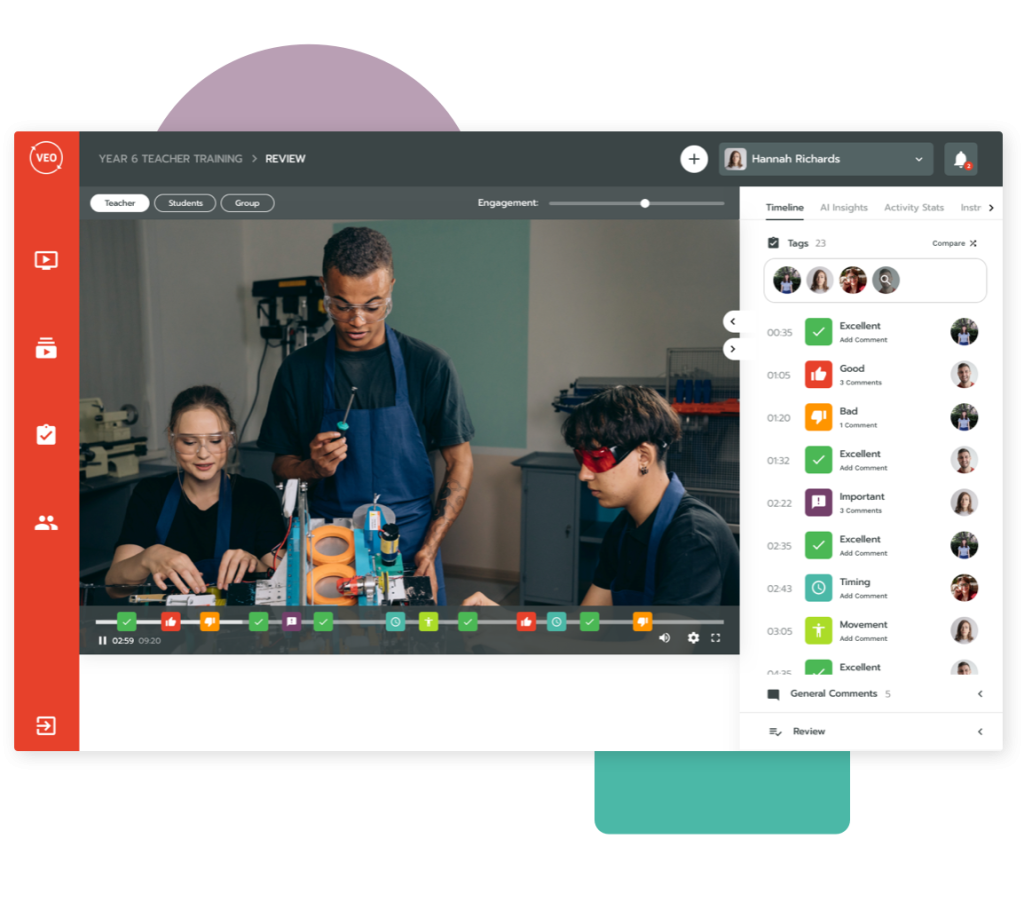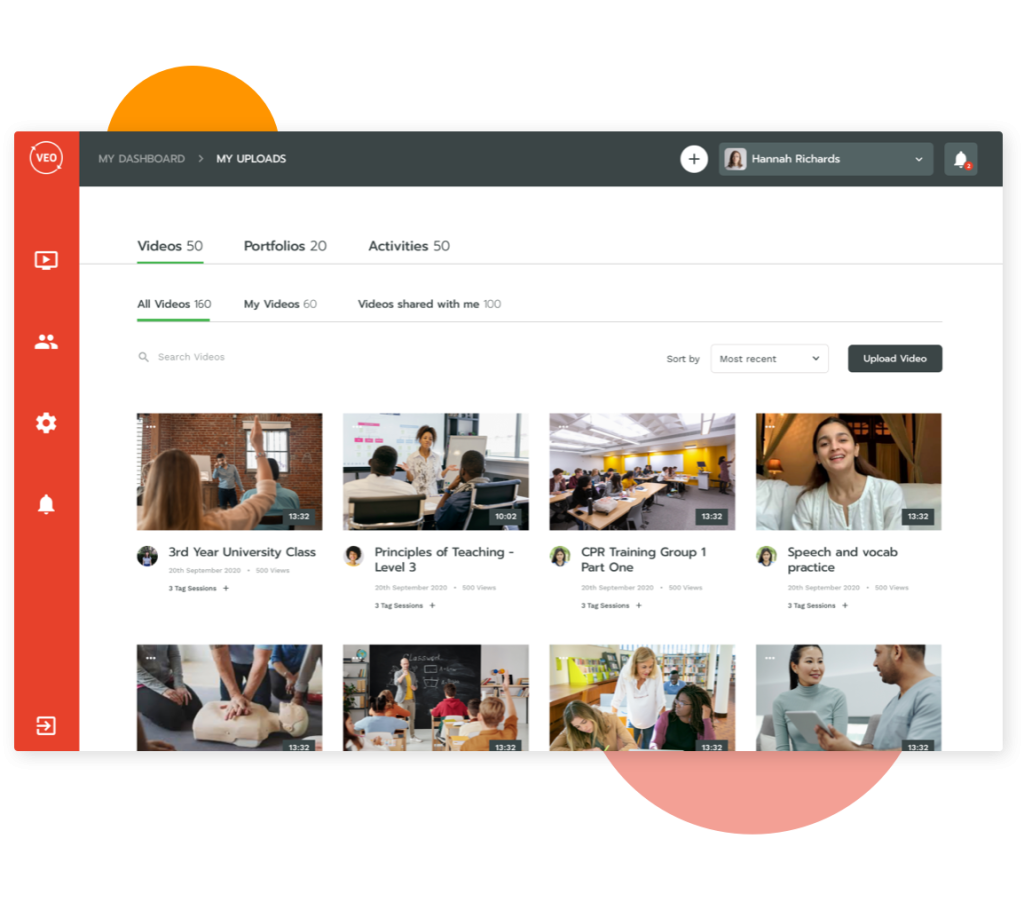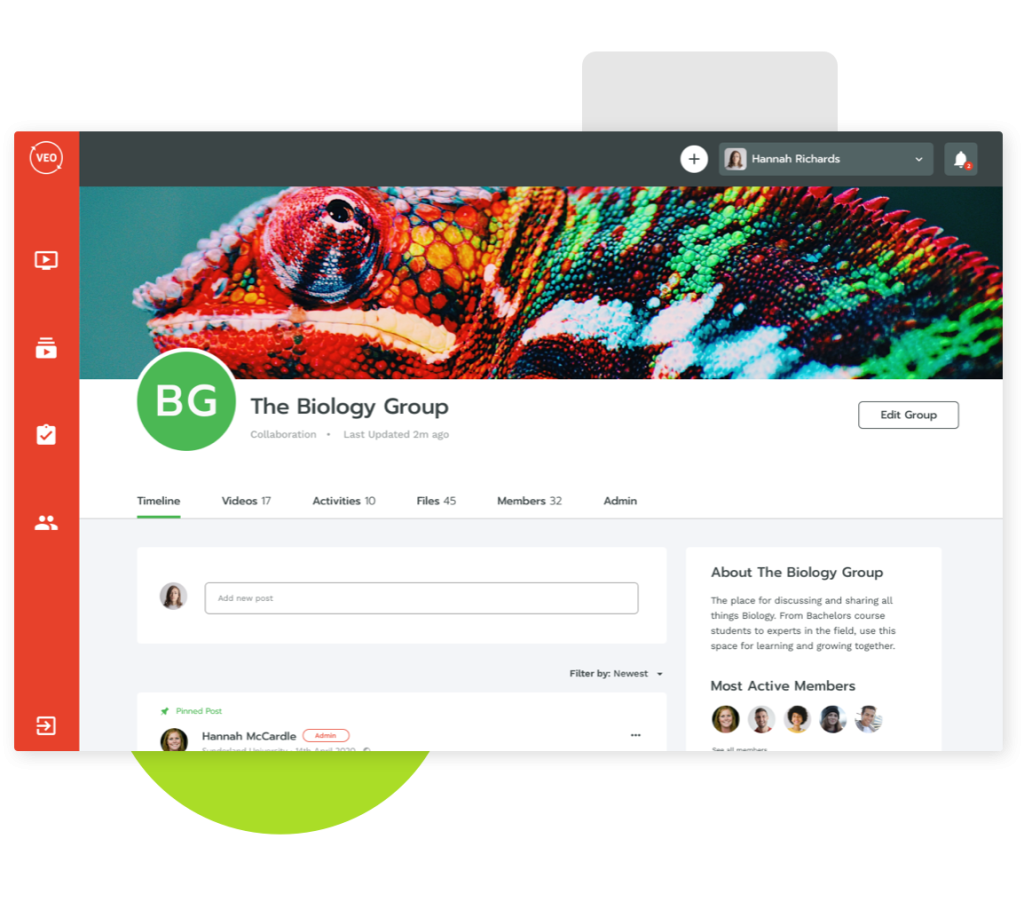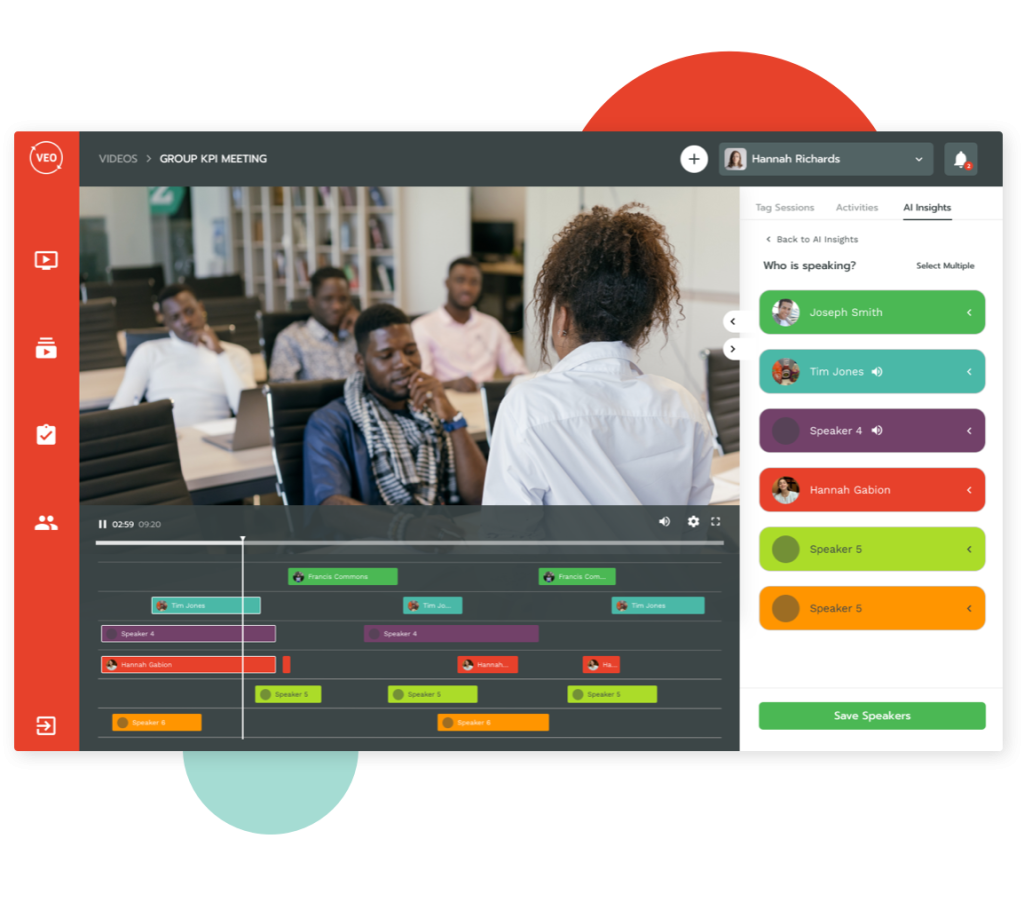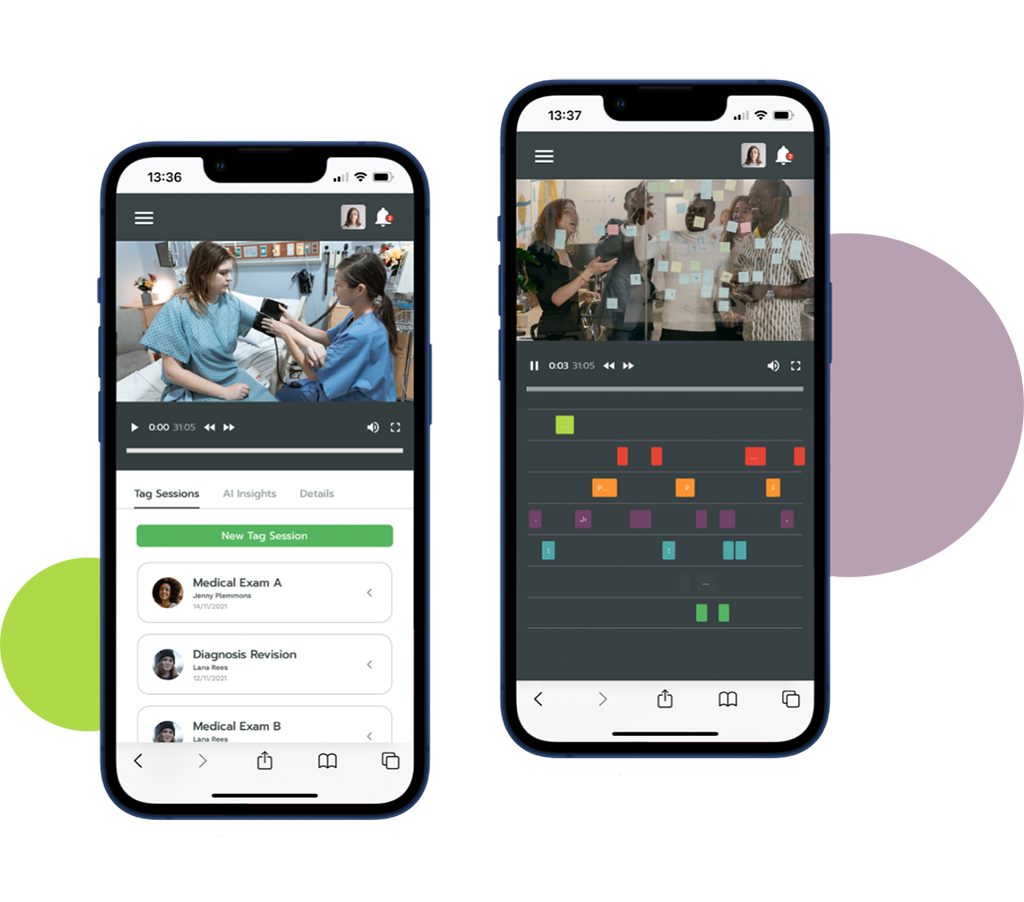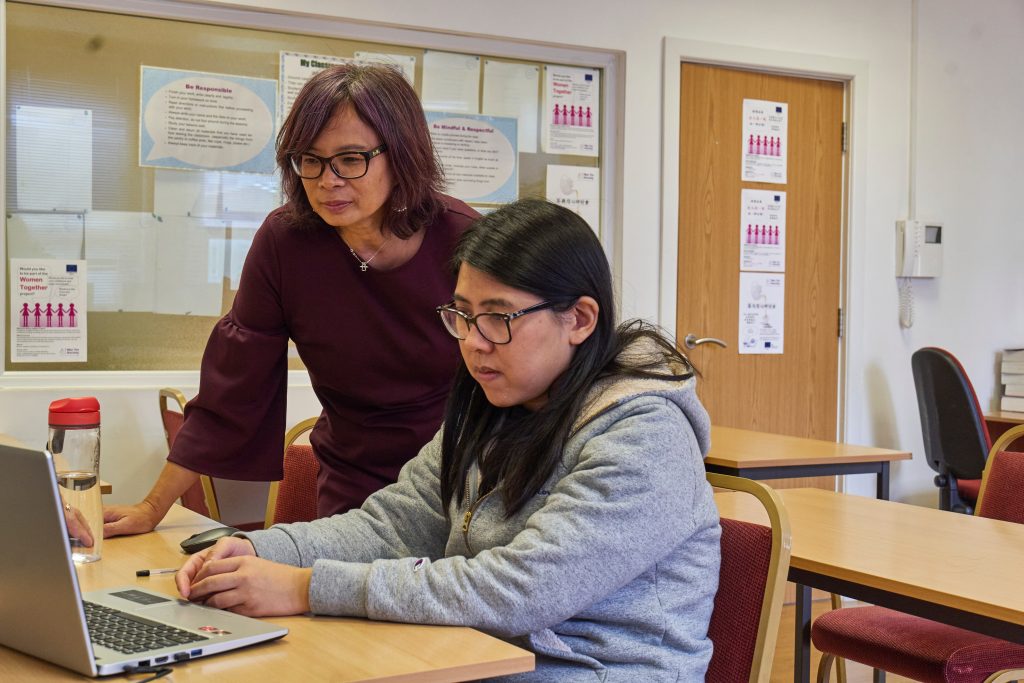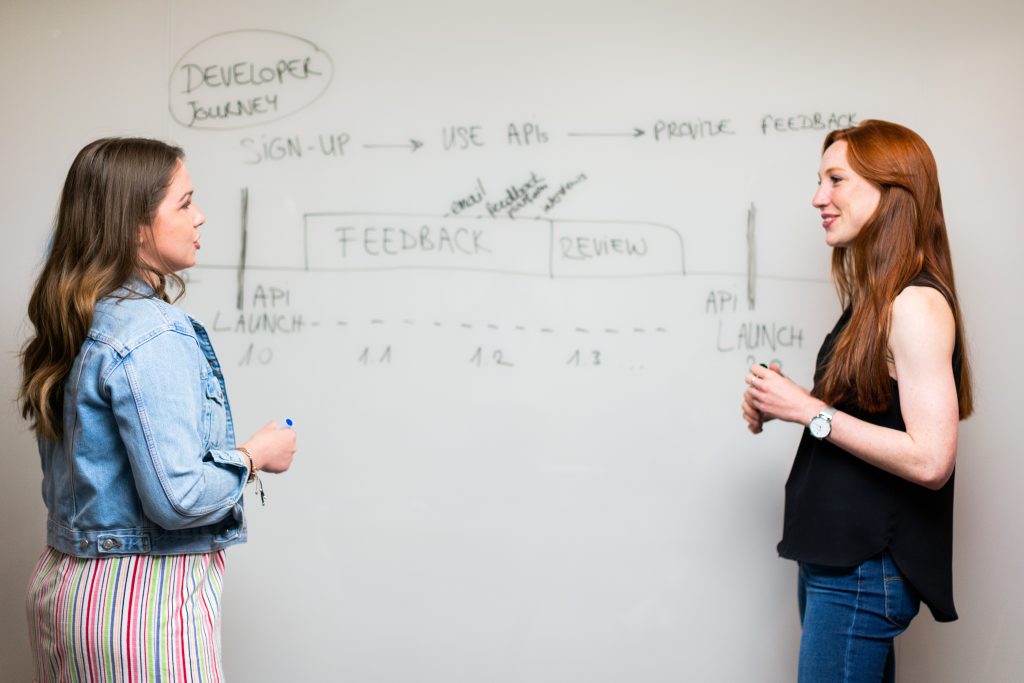Video lectures are becoming a standard part of university education. But how engaging are they? We share our top tips for creating engaging video lecture content and discuss the benefits this has for you and your students.
According to latest research, the e-learning industry will have grown 15% by 2026 and be worth approximately $50billion.
Video learning in particular is one key technology that’s proved instrumental to the continuation of higher education. Especially with lecture delivery during socially distant times.
With video learning growing in popularity, the education technology choices to support this have increased too, leaving lecturers unsurprisingly overwhelmed given the many video platforms out there.
So, we thought we’d condense what you really need to know about video learning into some handy tips. These are designed to help you create engaging video-led lectures in an easy and stress-free way. And help to normalise this way of learning for you and your students.
We hope you find them useful!
1. Use bite-sized recordings to strengthen student engagement
A great function, and teaching benefit, that video technology provides is the ability to provide bite-sized recordings for better online course delivery. Filming for shorter periods with video allows you to break a lecture into digestible chunks of key learning areas to improve student engagement and, in turn, teaching quality.
You can also deliver each segment specifically before a virtual session too. This can show students what will be covered in the lecture and encourage them to video their own responses. These responses can then be used to inform helpful discussion during later lectures or seminars.
In this way, students can actively participate and interact with your content. They can share their opinions visually and vocally, rather than simply writing notes.
With VEO’s video tagging capabilities, for instance, tutors can tag their own videos with specific discussion points for students to reply to with comments or add their own tags. This increases student engagement and collaboration beyond the content, helping to genuinely improve learning.
2. Raise teaching standards with video learning
As video lectures are recorded, you can watch and review them at any time, anywhere. This provides valuable hindsight to lecturers on teaching techniques that are working. And can also highlight which methods aren’t quite as successful, to enable future improvement.
Teachers can critically review lessons and engage in powerful self-reflection to improve any weaknesses in their lecture delivery. While this is a great tool for experienced teachers, it’s also a lifeline for those delivering teacher training courses too, especially when providing one-to-one feedback is difficult when you can’t meet in person.
Through video tagging software resources like VEO, trainee teachers can reflect on their teaching methods in a way not done before. You can use video tags to give detailed feedback to provide personalised teacher support. Trainee lecturers then benefit by understanding exactly how to improve their teaching practice.
For experienced teachers, video also provides an extra resource to help students master tasks and understand new concepts. Something that’s tricky to understand without seeing these concepts being practiced in action.
3. Empower students through focused feedback
The level of feedback via video learning is remarkable and it can go so much further than in-person feedback. Not only can lecturers feel empowered and in control of their own lesson delivery style, but they can also continuously develop and improve the content they share with students and how they interact with them.
The ability to tag videos you’ve created and also comment on videos created by others ensures feedback is part of a fluid, continuous improvement process. Students can quickly and easily find timestamped comments, read the feedback, and improve their work as required.
4. Use video lectures for practical teaching too
Video software and its tagging capabilities really have changed the game when it comes to practical learning.
The beauty of using video tags is that students can engage with video-led practical demonstrations that lecturers have carried out in, for example, the university laboratory or training field. Once shared, students, using video tags and notes, can respond with their own thoughts on the concepts being explored.
Tags can highlight specific learning skills or areas of focus. So when a student watches the video lecture, they can view the teacher’s tags, provide their own feedback, and see or discuss what others have said.
It’s a simple way to provide a hands-on learning environment that will enable students to put their skills into real-life practice.
